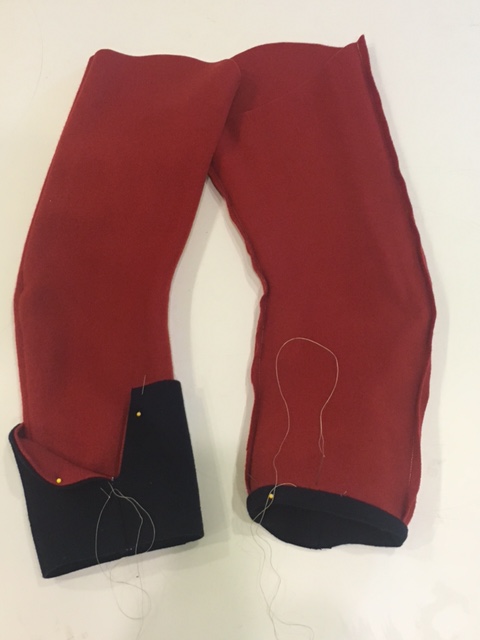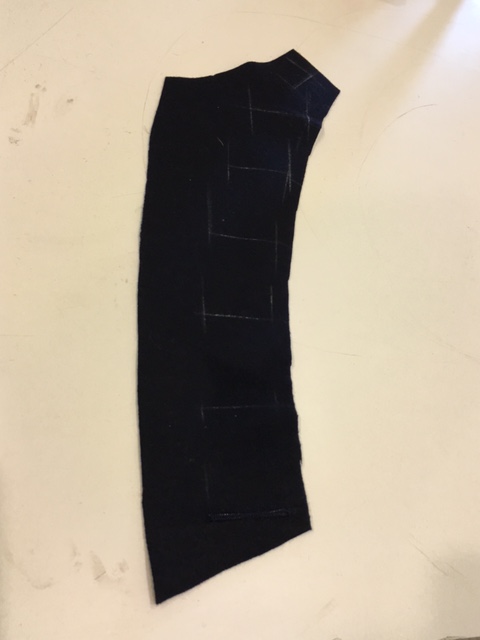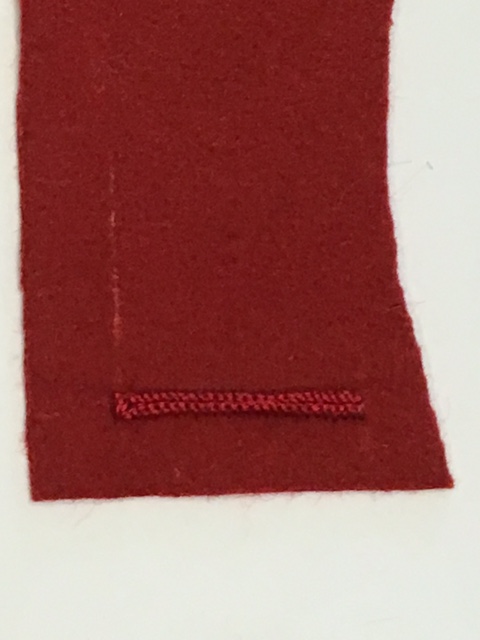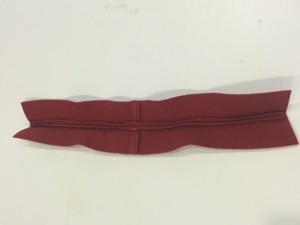Part One | Part Two | Part Three
Galfridius Mann, whose family ran a prominent army contracting business and who received the first contract for clothing for the Royal American Regiment, passed away soon after his initial clothing contract was fulfilled in 1756. Over the following years, contracts for the First Battalion were fulfilled by either James Mann (Galfridius’s Brother) or John Calcraft. Mann and Calcraft were the most prominent contractors supplying the British Army during the French & Indian War. By the last year of the war, each of these men provided clothing for over 20 other regiments.
The manifest of clothing sent by Galfridius Mann in 1756, along with a full list of uniforms and equipment recorded in 1762 (see below) from Lt. Baillie of the Grenadier Company, shows that the Royal American Regiment, including some 400 men of the First Battalion who were stationed throughout Western Pennsylvania, were ideally dressed and equipped similar to British soldiers at that time.
“A Portion of Lt. Baillie’s Return Dated August 28, 1762”
A regimental Coat, with Hooks, Eyes, etc.
Waistcoat
Pair of Breeches
Hat with cockade, button, loop, & Hair string
A stock with a buckle
A pair Knee Buckles
A pair of stocking & Garters
A pair of shoes with buckles
A regimental firelock with a sling & buckle, hammer cap & stopper
A waistbelt with a buckle
A hanger, Sword knot, Buckle
A bayonet and Scabbard
A tomahawk, and Cover
Henry Bouquet’s detachment of the First Battalion of Royal American clothing does not appear to be issued during any specific date or season. Prior to the Forbes’ Campaign on Feb. 21, 1758, Bouquet mentioned that the clothing received earlier in December 1757 was finally finished by the tailors and issued. In 1759, Bouquet’s detachment stationed in York, Pa. was not issued its fitted clothing until April 26. For 1760, clothing was issued in August. The men’s coats are noted as being so worn out that they cannot be made into waistcoats. No clothing was issued in 1761, and on July 9 at Fort Pitt, Bouquet mentioned, “Our people are in a shocking condition without clothing, and almost without anything regular, about them, having been so long laborers that the soldier is buried under the clown.” Clothing was then issued in February 1762, again the coats so worn that Bouquet ordered his men to purchase their own waistcoats.
Materials for the coat were purchased from Roy Najecki of Rhode Island and consist of about 2 1/4 yards of Kochan and Phillips Madder Red Broadcloth, 2 yards of Royal Blue Bay, 1/3 yards of Royal Blue Broadcloth, some linen Buckram, and a natural linen for sleeve linings and pocket bags.
The following is an instructional video on how to stitch buttonholes: VIDEO
Justin Meinert is the living history program coordinator at the Fort Pitt Museum.




